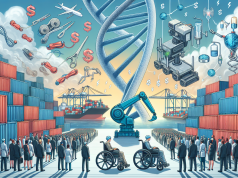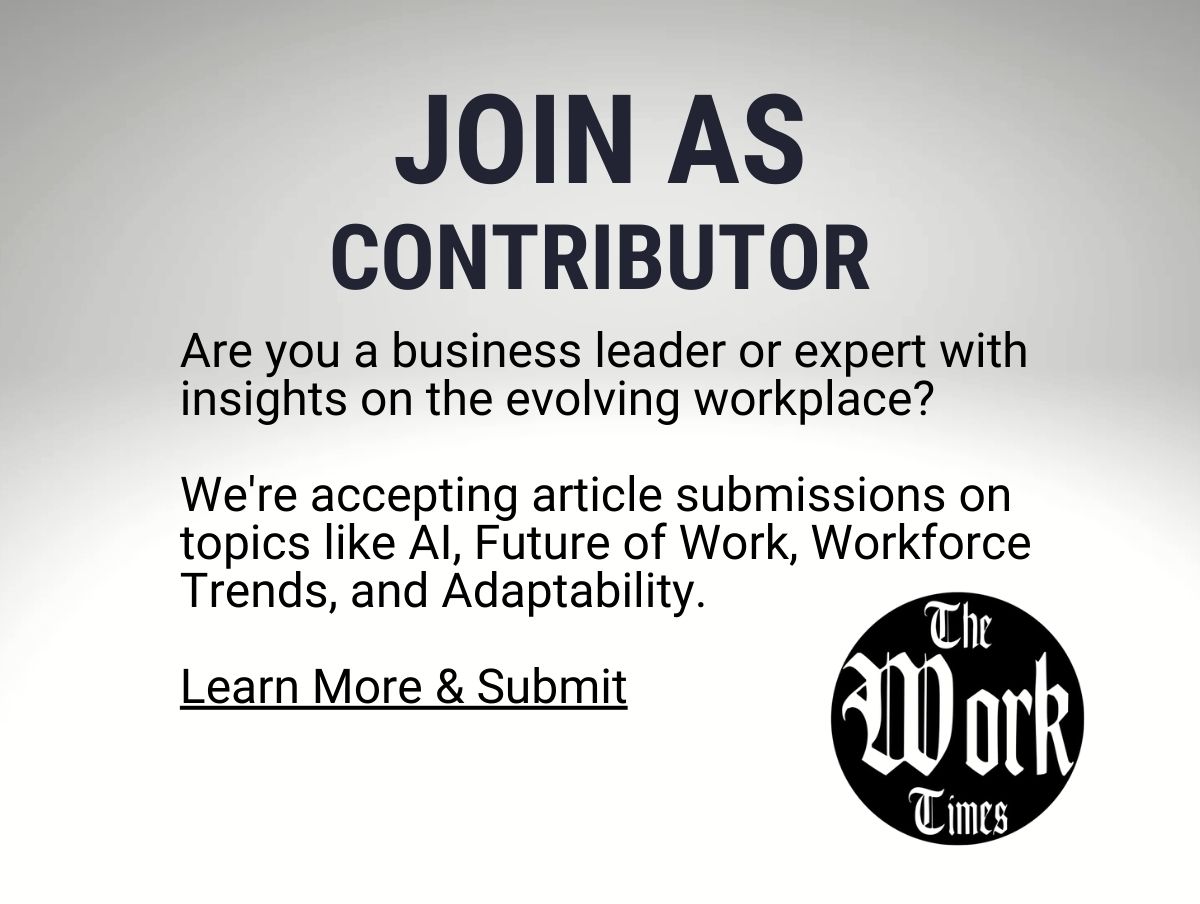When Identity Becomes the Currency of Work
Rumors that ServiceNow is in advanced talks to acquire Veza, a startup built around identity centric authorization and visibility, are more than an M&A headline. If the deal moves forward and a price tag approaching or exceeding $1 billion is real, it signals a turning point in how organizations will design secure, productive digital work.
The moment: identity moves from perimeter to platform
For a decade the security conversation has pivoted from firewalls and network segmentation to identity. The modern workplace is a constellation of cloud apps, micro services, data stores, collaboration tools and devices; the only consistent element across that diversity is identity. Veza’s technology surfaces the complex web of who can access what, where permissions live, and how entitlements chain across systems. Pairing that capability with ServiceNow’s workflow platform reframes identity not as an isolated control, but as the control plane of work.
What Veza brings to the table
Veza is built for visibility and authorization governance. It maps entitlements and permissions across cloud services, identifies overprivileged accounts and risky permission relationships, and enables policy driven controls that can be validated continuously. In short, it helps organizations answer two foundational questions at scale: who really has access to what, and how can that access be managed automatically so work keeps moving without exposing sensitive data.
Why ServiceNow would chase those capabilities
ServiceNow’s platform is defined by workflows: incident response, HR onboarding, IT service management, and increasingly security operations. Security for modern enterprises is not solely about detection; it is about prevention and remediation through orchestrated action. Integrating identity based authorization across the Now Platform could enable automated access reviews, frictionless onboarding and offboarding tied to HR events, and risk aware workflow routing that protects sensitive tasks without halting productivity.
What this means for the future of work
Imagine a few concrete workplace scenarios:
- New hires get immediate, role appropriate access that adapts as their job evolves, reducing time spent waiting for permissions and improving early productivity.
- Critical approvals for financial systems or customer data automatically require additional verification when an identity’s risk profile changes, lowering the chance of costly errors or breaches.
- Data access incidents can be triaged faster because authorization mapping reveals the precise permission path, accelerating containment and remediation via the same workflow tools teams use every day.
These are not incremental improvements. They are the blending of security and work orchestration so that compliance and convenience cease to be opposing forces.
Broader market and cultural implications
A major acquisition would have ripple effects. First, it accelerates consolidation: platform providers who deliver both operational workflows and deep security primitives become more attractive to enterprises seeking vendor simplification. Second, it elevates identity from an IAM problem owned by a central security team to a cross functional enabler touching HR, legal, finance and product. Third, it signals to the market that identity centric controls are strategic assets deserving of significant investment and valuation.
Opportunities for workers and organizations
This shift opens a range of opportunities:
- Better employee experience. Less waiting, fewer manual tickets, and smoother transitions between roles.
- Faster secure collaboration. Teams can grant temporary, auditable access to partners or contractors with confidence and clear expiration rules.
- Stronger compliance without constant firefighting. Continuous authorization mapping reduces the blind spots that auditors and regulators dread.
Potential pitfalls and healthy skepticism
Big platform acquisitions are never without risk. Integration complexity, cultural mismatch, and the danger of vendor lock in are real concerns. Merging authorization data into a central workflow engine may concentrate control in ways that create new single points of failure if not designed with resilience and appropriate separation of duties. Privacy advocates will rightly scrutinize how identity data is stored, who can query it, and how long access histories are maintained.
What leaders should do now
Whether or not the deal closes, the direction is clear. Leaders can take practical steps today to align with the identity centric future:
- Inventory and map critical entitlements. Know where sensitive permissions live and how they are granted.
- Move toward least privilege with careful automation. Start with high risk areas and enforce time bound access for elevated permissions.
- Integrate HR, IT and security processes. Onboarding, role changes and exits should trigger coordinated workflows that update access across systems.
- Measure identity risk. Build simple metrics for stale accounts, privilege creep and cross system privilege chains.
- Design for transparency and privacy. Ensure access logs, consent and retention policies are clear and defensible.
A vision of work where trust is a currency
Think of identity as the currency of work. When identity is trustworthy, transactions — whether code deployments, financial approvals or patient record access — can happen quickly and with confidence. When it is not, every action incurs friction. What ServiceNow pursuing an identity platform like Veza reflects is a bet: that the future of secure, efficient work depends as much on authorization and context as it does on detection and perimeter controls.
This is an inspiring proposition for anyone who cares about work. It promises a future where security stops being an obstacle and becomes a seamless enabler of velocity and innovation. That future will not appear overnight. It requires disciplined engineering, rigorous privacy safeguards, transparent governance and above all a commitment to make identity work for people as much as for systems.
Final thought
Whether the headline becomes reality or not, the direction is unmistakable: identity is central to the next generation of secure, productive workplaces. Organizations that recognize identity as the connective tissue of work and act to embed it into workflows will be better positioned to move faster, stay compliant and protect what matters. The reported ServiceNow and Veza transaction is less about a single acquisition and more about a blueprint for the modern enterprise — one in which trust is engineered into the flow of work itself.




























